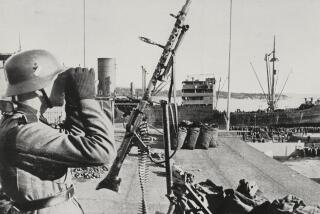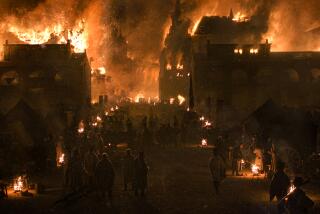Verdun, France, saw a World War I battle of terrible loss
The town of Verdun in northeastern France is famous for sugar-coated almonds.
It is also famous for its World War I battlefield where half a million French and German soldiers died in 1916. Seeing the area is an education, putting America’s late-arriving, long-distance contribution to the war in the context of the French struggle, which started when the nation went to war with Germany in 1914 and ultimately claimed the lives of more than 1.5 million French.
The battle site was chosen by German Chief of Staff Erich von Falkenhayn, who thought he could force France to its knees on high ground east of Verdun, near the Meuse River.
He almost did. When the Germans captured purportedly impregnable Fort Douaumont early in the offensive, French pride was wounded and the effort to regain it became a national cause.
Today Verdun is a quiet, compact river town overlooked by a tall, Art Deco Victory Monument and cathedral.
It’s about five miles northeast from the center to the battlefield park, favored by cyclists who often take a break near the Monument of the Wounded Lion, which marks the line of farthest German advance.
Down the road is the Verdun Memorial, a museum with exhibitions on, among other things, colonial forces from Algeria and Morocco that took part in the fighting. Beyond that are the silently eloquent ruins of the village of Fleury, taken by the French, lost and then retaken 16 times between June and August 1916.
The roads winds on to the Douaumont Ossuary, containing the remains of 130,000 unknown French and German soldiers, and finally to Fort Douaumont, where visitors can see pillboxes and machine gun turrets and remember the watchwords that French Gen. Robert Nivelle gave his troops at Verdun: “They shall not pass.”
Spano is a Times staff writer.
More to Read
Sign up for The Wild
We’ll help you find the best places to hike, bike and run, as well as the perfect silent spots for meditation and yoga.
You may occasionally receive promotional content from the Los Angeles Times.






